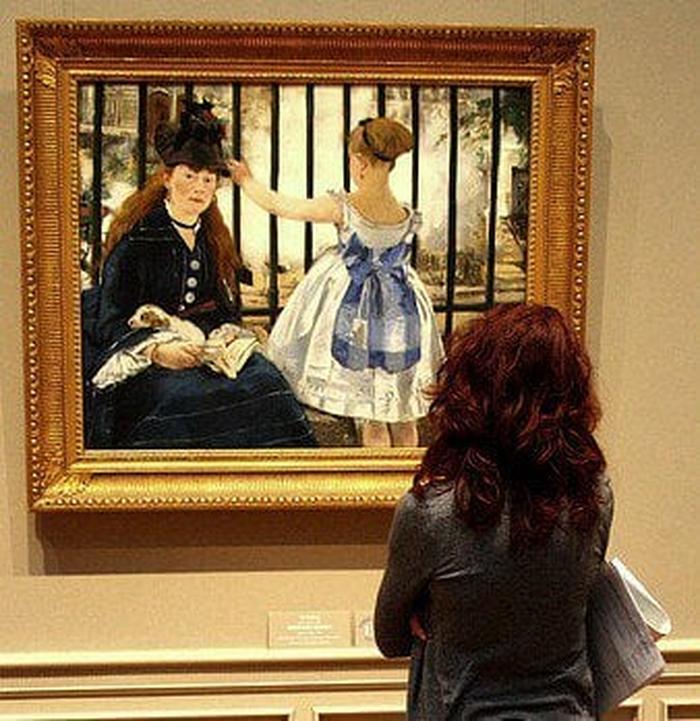
The art world may have its own vocabulary—but that doesn’t have to make it a foreign language. Whether you want to take advantage of the arts in your city or you’re pondering a career in the arts, this guide is here to open the door.
ABCs: Art World Vocab
Museum vs. gallery: A museum is a non-profit institution that presents exhibitions and programs to advance its mission and display its collection. A gallery, on the other hand, is a for-profit venture that seeks to nurture the careers of the artists it represents by showing and selling their work.
Exhibit vs. exhibition: These terms get used interchangeably in the mainstream press, but their meanings aren’t the same. An exhibit is an object (think “Exhibit A” in a legal document), an exhibition is a display of exhibits.
Manet vs. Monet: Édouard Manet: mid-19th century French master known for his paintings of modern-life subjects. Claude Monet: one generation later, a major practitioner of French Impressionism.
So You Want to See Some Art
You don't need an advanced Art History degree to enjoy or relate to art. You also don't need a Wall Street job to become a young patron or collector. Here are some ways to find accessible art in your city:
Go late. Most museums are open late, and often for free, on certain days of the week. Look into evening hours, free programs, and donation-based admissions to get more culture for less dough.
Get involved. Museums and art non-profits all have membership programs aimed at students and young professionals. These are tax-deductible and grant you in-depth access to the institution. As an alternative, the American Association of Museums has an attractive memberships that get you into most museums nationwide.
Slow down in summer. Summer is a lull in the art world. Don’t venture to Chelsea on a July Saturday. You’ll quickly realize the galleries are closed and you will end up nursing an iced latte from Bottino wishing you, too, were in the Hamptons.
Read up. Find publications, blogs, and critics that match your interests and get informed—the best thing about the arts is that there are so many ways to learn outside the classroom. Some suggested reading: Artforum, Art in America, frieze, BOMB, the Brooklyn Rail, Cabinet, Art Fag City, Hyperallergic, Peter Schjeldahl at The New Yorker, Roberta Smith, Holland Cotter, and Michael Kimmelman at the NY Times, Jerry Saltz at New York Magazine, Christopher Knight at the LA Times. Go!
Live with art. It’s never too soon to cultivate your taste and make art a part of your life. Whether you’re looking to invest or decorate, go to auction previews and art fairs. Check out the Affordable Art Fair, 20x200, and Artsicle for great art on a budget.
Gallery Girls: Making Art a Career
Got your first museum internship? Moving to a big city for a gallery job? Do your research.
You’ll find that people refer to major players by their first name. Agnes, Larry, Klaus, Paula, Jeffrey, RoseLee. Remember that part of The Devil Wears Prada when Anne Hathaway asks a caller to spell out Gabbana? Don’t be that girl.
That being said, between two millennia of art-makers, international players, and galleries named after dealers, the art world can be a pronunciation mine-field. Here’s a secret: try to prompt someone else to say the name. To end a pronunciation debate, I once had a friend call a gallery to see how the front-desk person answered. Problem solved.
You’ll also want to learn to navigate the cultural landscape of your city. Working at a large, encyclopedic museum is entirely different from working in a contemporary Kunsthalle. Immerse yourself in different ways of experiencing art, and think about which work environment would be a better fit.
See as much art as you can. Build relationships. Go to openings. And never burn bridges. The art world is a small place.